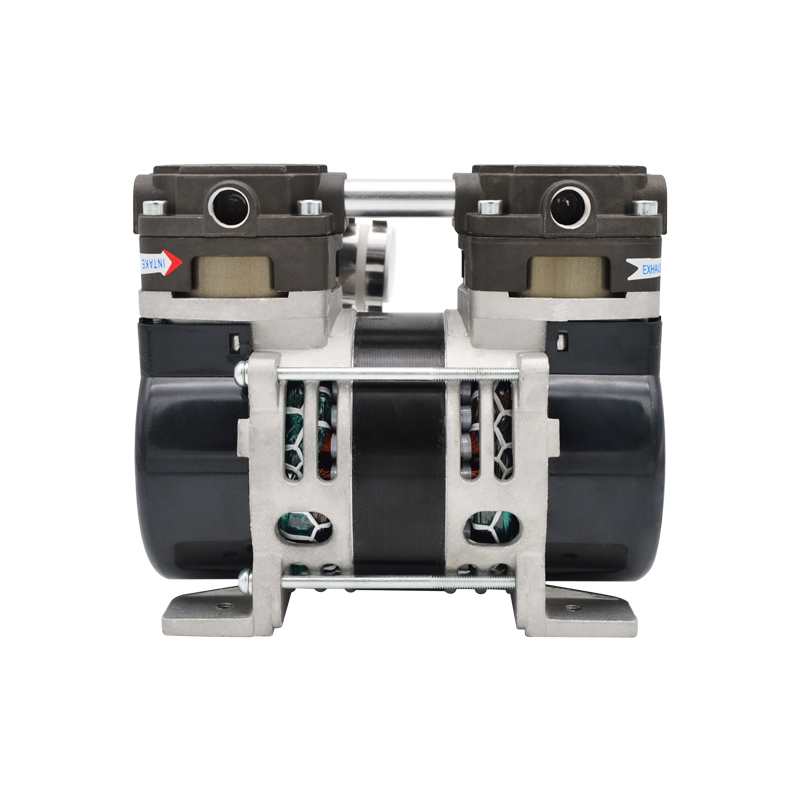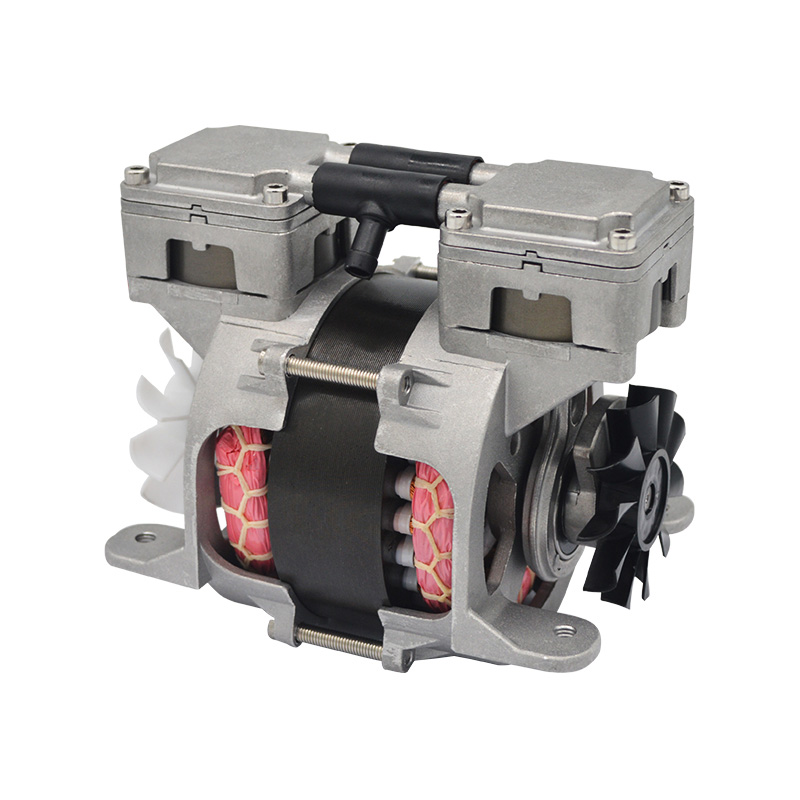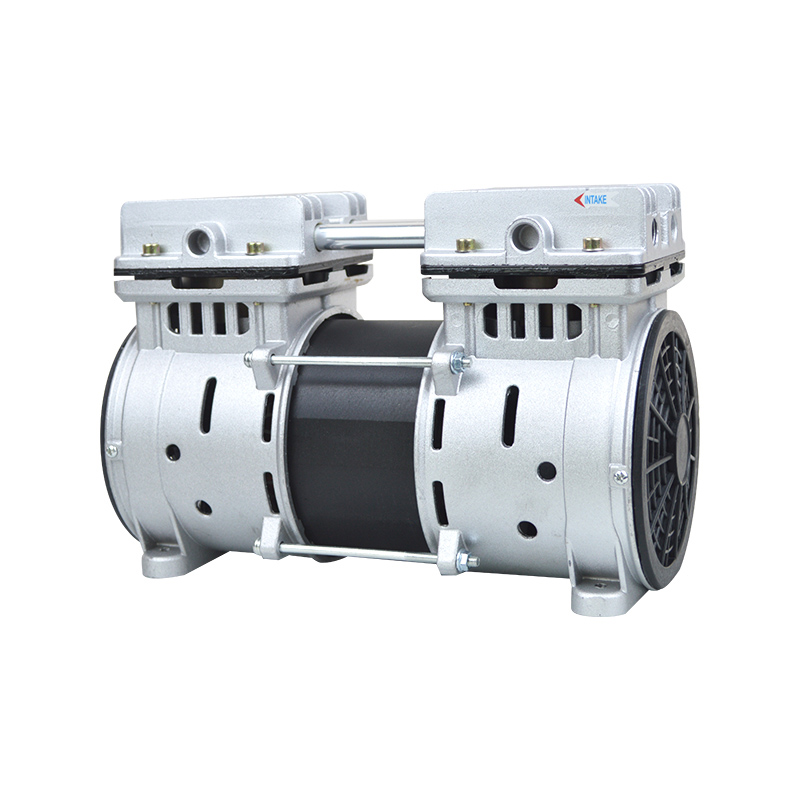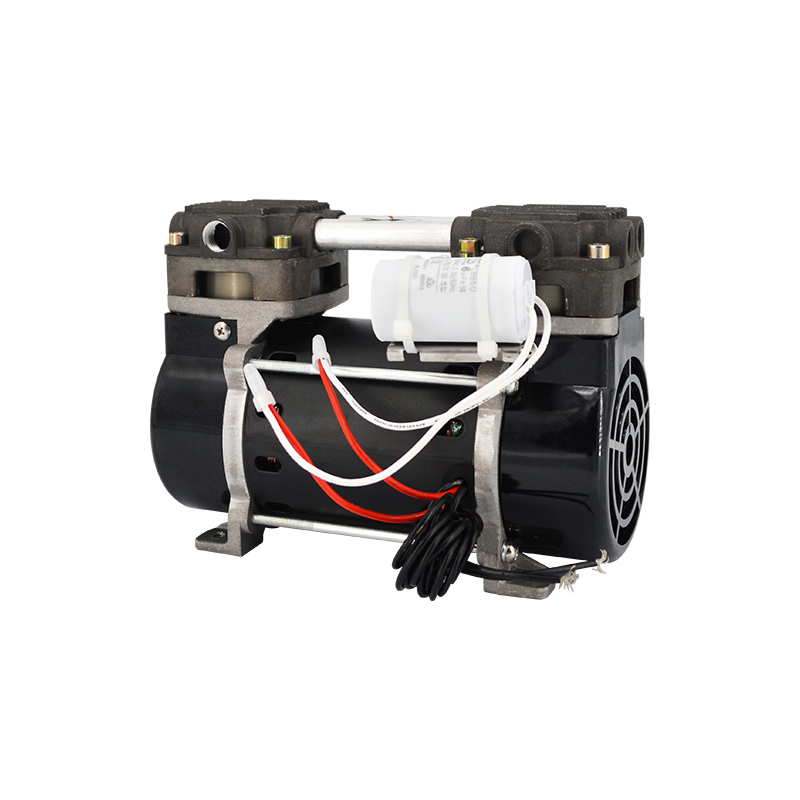1. Choose a suitable air compressor: Ensure that the selection of an air compressor suitable for combustion usually requires a constant air flow of appropriate pressure.
2. Install the air pipe: Connect the air compressor to the combustion area of the stove through a high-temperature pressure-resistant hose or metal pipe. Make sure that the pipes are firmly installed to avoid leakage.
3. Adjust the air flow: Use the regulating valve to control the air flow into the stove. Too much air may cause flame instability, and too little air may not significantly improve the combustion efficiency.
4. Ignition and observation: Start the air compressor and light the stove. Observe the change of the flame and gradually adjust the air flow until the ideal flame state is reached. The ideal flame is usually blue, stable and high temperature.
5. Security measures: Ensure the security of the whole system. When using an air compressor to help combustion, attention must be taken to prevent the risk of fire and explosion. A pressure relief valve and an anti-tempering device should be installed to prevent any unexpected situations.
6. Regular maintenance: Regularly inspect and maintain air compressors, pipes and fire stoves to ensure the long-term stable operation of the system.
 English
English  Español
Español  Português
Português  русский
русский  Français
Français  日本語
日本語  Deutsch
Deutsch  tiếng Việt
tiếng Việt  Italiano
Italiano  Nederlands
Nederlands  ภาษาไทย
ภาษาไทย  Polski
Polski  한국어
한국어  Svenska
Svenska  magyar
magyar  Malay
Malay  বাংলা ভাষার
বাংলা ভাষার  Dansk
Dansk  Suomi
Suomi  हिन्दी
हिन्दी  Pilipino
Pilipino  Türkçe
Türkçe  Gaeilge
Gaeilge  العربية
العربية  Indonesia
Indonesia  Norsk
Norsk  تمل
تمل  český
český  ελληνικά
ελληνικά  український
український  Javanese
Javanese  فارسی
فارسی  தமிழ்
தமிழ்  తెలుగు
తెలుగు  नेपाली
नेपाली  Burmese
Burmese  български
български  ລາວ
ລາວ  Latine
Latine  Қазақша
Қазақша  Euskal
Euskal  Azərbaycan
Azərbaycan  Slovenský jazyk
Slovenský jazyk  Македонски
Македонски  Lietuvos
Lietuvos  Eesti Keel
Eesti Keel  Română
Română  Slovenski
Slovenski  मराठी
मराठी  Srpski језик
Srpski језик 




